Using Predictive Analytics in Healthcare Marketing
Harnessing Data-Driven Strategies in Healthcare Marketing


Using Predictive Analytics in Healthcare Marketing
Transforming Healthcare Marketing with Predictive Analytics
The healthcare industry is increasingly turning to predictive analytics to optimize marketing strategies, enhance patient engagement, and improve clinical outcomes. By leveraging vast datasets, including electronic health records, genetic information, and digital footprints, healthcare organizations can anticipate patient needs, identify emerging trends, and personalize communication efforts. This comprehensive approach not only boosts operational efficiency but also empowers providers to deliver targeted, timely, and effective marketing initiatives that align with the evolving landscape of healthcare delivery.
Understanding the Scope of Predictive Analytics in Healthcare
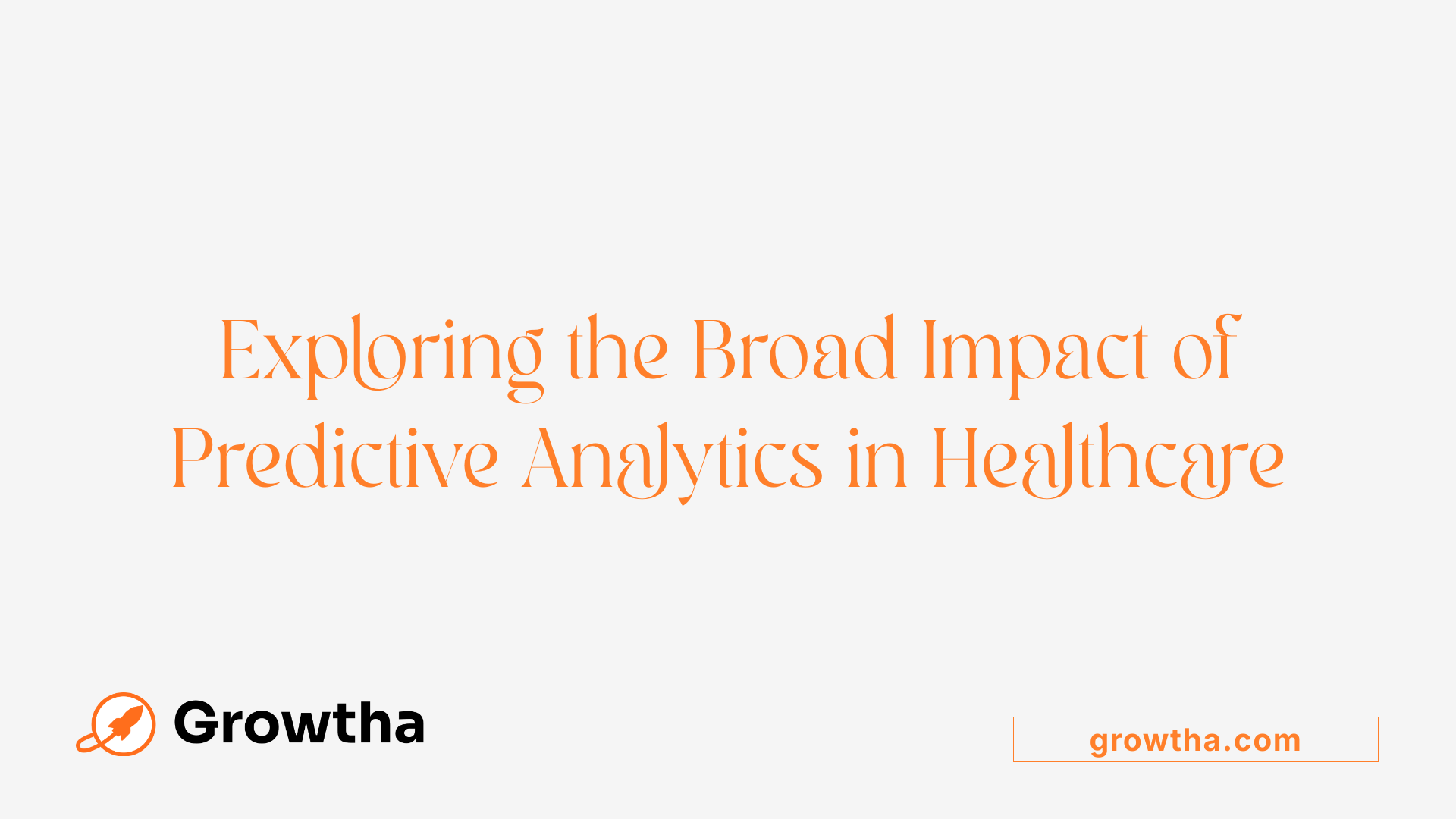 Predictive analytics encompasses a broad array of tools and methods aimed at enhancing healthcare decisions throughout the entire disease journey. Its applications include risk stratification, differential diagnosis, prognosis, prediction of disease onset, and evaluation of intervention outcomes.
Predictive analytics encompasses a broad array of tools and methods aimed at enhancing healthcare decisions throughout the entire disease journey. Its applications include risk stratification, differential diagnosis, prognosis, prediction of disease onset, and evaluation of intervention outcomes.
One of its primary roles is risk stratification, where factors like genetic markers, clinical features, lifestyle behaviors such as smoking, and demographic data are incorporated into models to identify individuals at high risk for diseases like lung cancer. This enables proactive prevention strategies and tailored screening programs.
In clinical decision-making, predictive models assist healthcare providers in choosing optimal treatment options—whether surgery, chemotherapy, or targeted therapies—by analyzing patient data to forecast treatment effectiveness. Techniques like regression models, decision trees, and machine learning algorithms such as neural networks are frequently employed.
Predictive analytics also plays a pivotal role in disease forecasting. By examining data from electronic health records, wearable devices, and clinical trials, it forecasts trends such as disease outbreaks and individual health risks. For instance, predicting Alzheimer’s disease over six years before symptoms emerge or estimating the likelihood of a patient experiencing a relapse allows for early intervention and personalized care.
The integration of advanced AI techniques, including deep learning, helps in capturing complex relationships within health data, although they may present interpretability challenges compared to traditional models.
Furthermore, predictive models support assessing treatment efficacy and patient outcomes, guiding healthcare providers toward more effective, personalized medicine. This is vital as predictive analytics underpins precision medicine by analyzing genetic, environmental, and lifestyle factors.
Healthcare organizations leverage these insights to allocate resources efficiently, identify at-risk populations, and optimize interventions, thereby improving overall patient outcomes. It also aids operational planning, such as predicting hospital readmission rates or resource needs, leading to cost reductions and enhanced quality of care.
The scope extends beyond individual care, impacting public health through disease surveillance, outbreak forecasting, and health equity initiatives. By evaluating dataset sources like medical records, insurance claims, and even social media, predictive analytics helps identify patterns and trends relevant for healthcare planning.
In summary, predictive analytics in healthcare acts as a comprehensive tool supporting decision-making at all stages—from prevention and diagnosis to treatment and prognosis—making it a cornerstone of modern, data-driven medicine.
| Application Area | Data Source | Technique Used | Outcome | Impact |
|---|---|---|---|---|
| Risk Stratification | Genetic, Clinical, Lifestyle | Regression, Machine Learning | High-risk individuals | Tailored prevention |
| Disease Forecasting | EHR, Wearables, Trials | Data Mining, AI Models | Outbreaks, disease risks | Early interventions |
| Treatment Decision Support | Patient Records, Genomics | Neural Networks, Decision Trees | Treatment efficacy | Personalized therapies |
| Hospital Operations | Admission records, Resource logs | Predictive models, Analytics | Bed occupancy, readmission rates | Cost reduction, efficiency |
| Population Health | Demographics, Epidemiological data | Statistical modeling | Disease trends | Public health strategies |
The future of predictive analytics in healthcare is being shaped by advancements in artificial intelligence, Internet of Things (IoT), and data integration from multiple sources. These innovations promise even more personalized, proactive, and efficient healthcare systems.
Techniques and Methodologies Behind Predictive Modeling
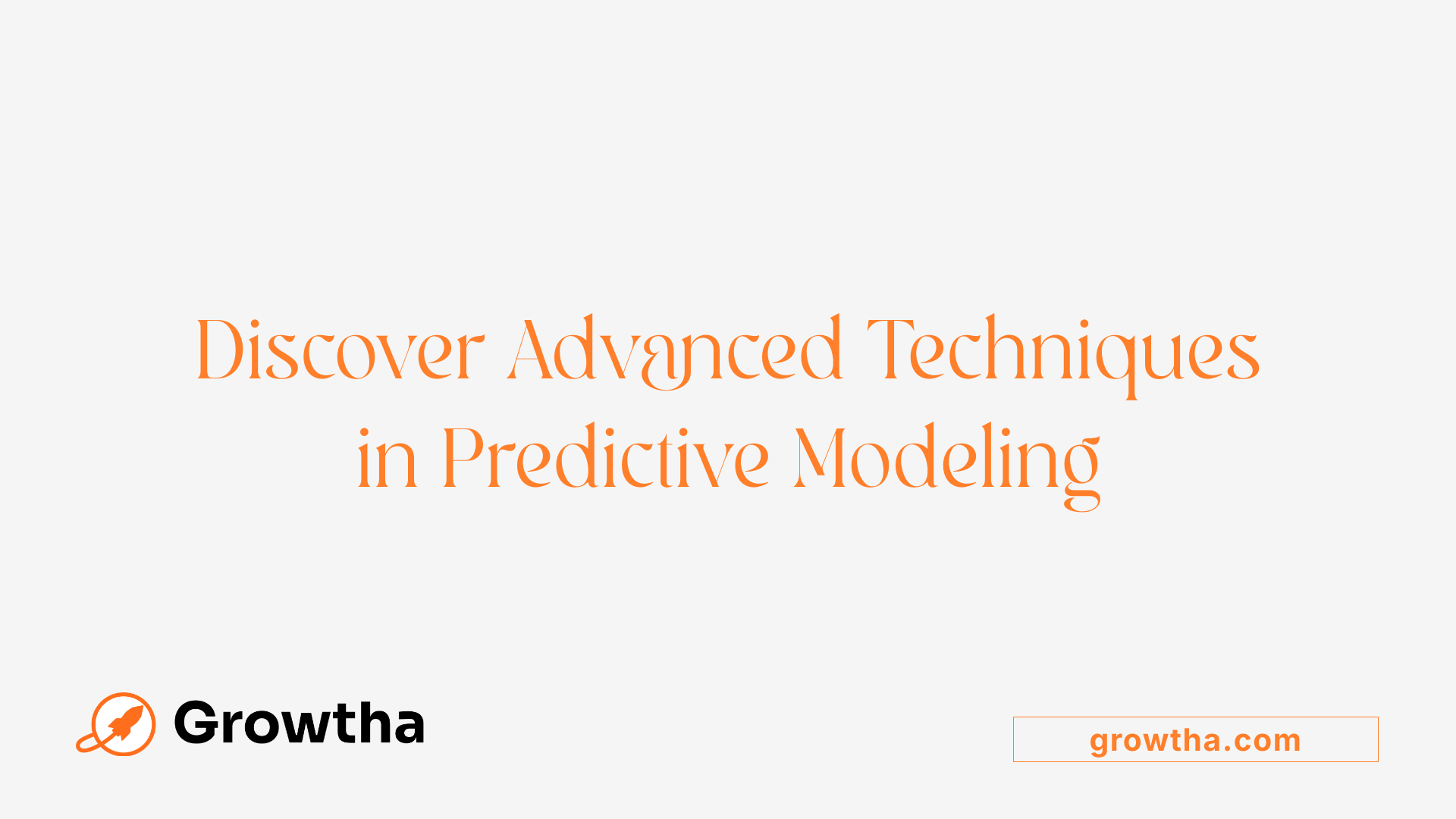
What are some practical steps to implement predictive models in healthcare settings?
Implementing predictive models in healthcare involves several essential steps. First, comprehensive data collection and preparation are critical, including gathering electronic health records, genetic information, wearable device data, and clinical logs. Ensuring data quality and consistency through cleaning and normalization sets a solid foundation.
Next, selecting appropriate AI tools, algorithms, and modeling techniques tailored to specific healthcare questions is vital. This process involves exploring options like regression models, decision trees, neural networks, or deep learning depending on the complexity and type of data.
Building the models requires training on historical data, followed by rigorous validation and testing to verify accuracy, reliability, and robustness. This helps prevent overfitting and ensures that models generalize well to new patient data.
Integrating these tools into existing healthcare workflows and electronic health systems enables real-time decision support, risk stratification, and personalized treatment planning. Seamless integration enhances clinical utility and acceptance.
Ensuring compliance with data privacy regulations such as HIPAA and GDPR is crucial, alongside thorough staff training to familiarize healthcare personnel with new predictive tools. This fosters effective use and trust.
Finally, continuous monitoring and periodic refinement of the models maintain their relevance and performance as healthcare data landscapes evolve and new insights emerge.
How do advanced modeling techniques like neural networks and deep learning enhance predictive accuracy?
Advanced methods such as neural networks and deep learning significantly improve the accuracy of healthcare predictions. Neural networks mimic the brain’s interconnected neuron structure, enabling them to identify complex, non-linear relationships within massive datasets.
For example, neural networks can analyze high-dimensional data such as genomic sequences, medical imaging, and comprehensive clinical histories—areas where traditional models often struggle.
Deep learning, a specialized form of neural networks with multiple processing layers, enhances this capability further. It allows models to automatically extract hierarchical features from raw data, leading to highly precise predictions about disease onset, patient prognosis, and treatment responses.
Although these approaches tend to be less transparent and interpretable than simpler statistical models, their ability to recognize subtle patterns and interactions within complex datasets translates into better early diagnosis, personalized treatment strategies, and improved patient outcomes.
Overall, the deployment of neural networks and deep learning in predictive analytics marks a leap forward in leveraging sophisticated AI to support proactive and precision medicine.
Application of Predictive Analytics in Clinical Decision-Making and Personalized Medicine
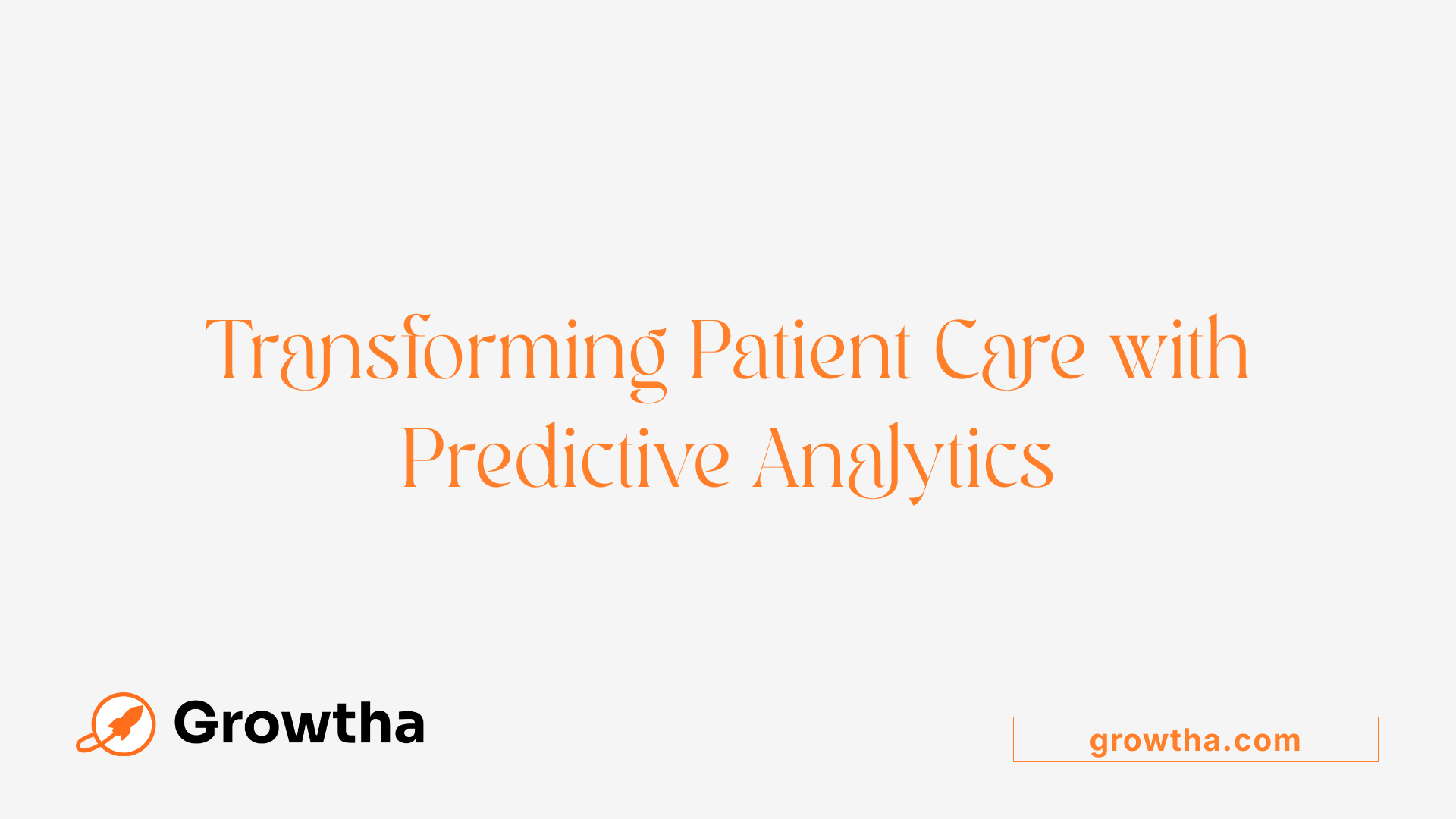
How does predictive analytics contribute to risk assessment in healthcare?
Predictive analytics plays a crucial role in estimating the likelihood of health events by developing risk scores based on patients' clinical data, genetic information, lifestyle factors, and demographics. These scores help clinicians identify individuals at higher risk for conditions such as cardiovascular disease, diabetes, and lung cancer. For example,
- Incorporating risk factors like smoking status, age, genetic markers, and family history facilitates precise risk stratification.
- Risk scores allow healthcare providers to focus preventive efforts and tailor interventions more effectively.
- In hospital settings, these models forecast potential readmissions or complications, enabling early management.
By effectively evaluating risk, predictive analytics supports early intervention, reduces complications, and optimizes resource use.
How do predictive models support clinical decision-making?
Predictive analytics offers valuable insights that guide treatment choices and improve patient outcomes. Models analyze a variety of data sources including electronic health records, imaging results, and ongoing monitoring devices.
- They help determine whether surgical intervention, chemotherapy, or alternative therapies are appropriate.
- Support tools incorporate patient-specific health data to personalize treatment plans.
- Real-time alerts from analytics systems can signal impending deterioration, guiding prompt responses.
The integration of these models into clinical workflows enhances diagnostic accuracy and helps clinicians weigh the benefits and risks of different treatment options.
How is genomic data integrated into predictive analytics for personalized medicine?
The fusion of genomic data with clinical information advances personalized medicine by providing a deeper understanding of individual disease biology.
- Genetic variants affecting drug response and disease susceptibility are analyzed alongside clinical features.
- Models can predict how patients might respond to specific therapies, aiding tailored treatment plans.
- For example, genetic profiling can forecast lung cancer risk with high accuracy and suggest targeted therapies based on molecular signatures.
This integration enables highly specific risk stratification and treatment customization, improving efficacy and minimizing adverse effects.
How does predictive analytics facilitate the realization of precision medicine?
Precision medicine aims to deliver the right treatment to the right patient at the right time. Predictive analytics serves as the backbone of this approach by harnessing vast and diverse datasets.
- It combines genetic, environmental, and clinical data to identify optimal interventions.
- Advanced modeling techniques, including neural networks and deep learning, analyze complex data relationships.
- This holistic view enables personalized treatment strategies, disease prevention, and early detection.
Predictive analytics also supports the development of targeted therapies and enhances understanding of disease pathways, ultimately leading to more effective, individualized care.
How does early intervention through predictive analytics improve patient outcomes?
Early detection of potential health issues allows for timely interventions that can prevent disease progression.
- Predictive models identify at-risk patients before symptoms manifest, facilitating preventive care.
- For example, models predicting the onset of Alzheimer’s disease can detect signals years before clinical diagnosis.
- Continuous monitoring via wearable devices combined with predictive analytics provides real-time insights for proactive management.
By catching health risks early and personalizing interventions, predictive analytics reduces hospitalizations, improves quality of life, and lowers healthcare costs.
How is predictive analytics impacting healthcare resource allocation?
Optimizing the deployment of limited healthcare resources is a vital benefit of predictive analytics. By identifying high-risk populations and trending healthcare demands,
- Hospitals can adjust staffing, equipment, and bed availability accordingly.
- Resource planning becomes more accurate by forecasting future demand for procedures, medications, and outpatient services.
- Payers and policymakers utilize risk stratification to allocate funds effectively, improve care delivery, and reduce unnecessary expenditures.
This data-driven approach enhances operational efficiency and supports sustainable healthcare systems.
How do predictive scores influence patient management and engagement?
Predictive scores personalize patient contact and care plans, often resulting in better adherence and outcomes.
- Risk assessments can identify individuals who need intensive support, such as chronic disease management programs.
- They facilitate targeted outreach, reminders, and education tailored to patient-specific risks.
- Such customized engagement encourages proactive behavior, adherence to treatment, and improves overall satisfaction.
In addition, predictive analytics helps identify patients likely to no-show appointments or default on treatment, allowing interventions that improve retention and continuity of care.
What future developments are anticipated in predictive analytics applications?
The future of predictive analytics in healthcare is characterized by integrating advanced AI and IoT devices,
- Continuous real-time data collection and analysis will enable more dynamic, personalized interventions.
- Genomic and environmental data will further refine disease prediction models.
- Interoperability improvements will allow seamless data sharing across healthcare systems.
- New algorithms will enhance model transparency and reduce biases, ensuring equitable care.
These advancements aim to create an increasingly predictive, preventive, and personalized healthcare landscape, transforming patient care and operational management.
The Strategic Role of Predictive Analytics in Healthcare Operations and Market Planning
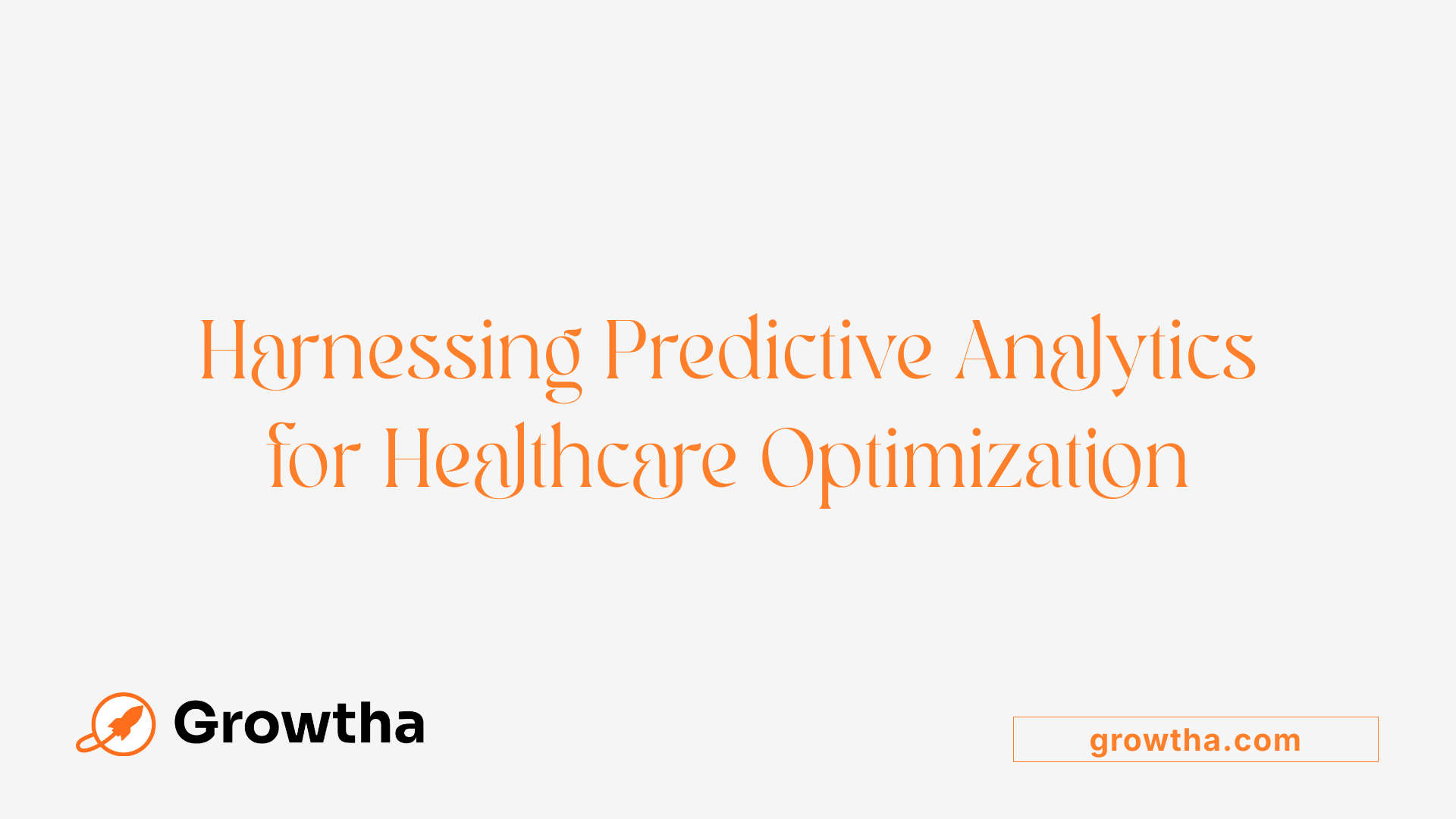
How does predictive analytics influence resource optimization in healthcare?
Predictive analytics plays a vital role in optimizing resource utilization across healthcare facilities. By analyzing historical data on patient admissions, treatment procedures, and diagnostics, hospitals can forecast future demand for services. This enables healthcare providers to align staffing schedules, allocate medical supplies, and manage hospital beds more efficiently.
For example, predictive models can identify peak periods, allowing hospitals to prepare adequately with staff and equipment, reducing wait times and preventing overcrowding. Moreover, predictive analytics supports supply chain management by anticipating inventory needs based on projected patient loads and seasonal variations, thereby minimizing waste and reducing costs.
What is the role of predictive analytics in forecasting market trends?
Predictive analytics helps healthcare organizations anticipate shifts in market demand and emerging service needs. By scrutinizing data on demographic changes, disease prevalence, and consumer health behaviors, providers can identify upcoming trends such as rising chronic diseases or increasing demand for specific specialties.
This foresight allows organizations to plan service expansions, develop targeted marketing campaigns, and allocate resources toward high-growth areas. Additionally, analyzing provider activity and healthcare utilization patterns helps hospitals understand competitive positioning and forecast financial performance, ensuring strategic agility in a changing healthcare landscape.
How does predictive analytics contribute to managing patient flow?
Effective patient flow management hinges on accurately predicting patient admissions, discharges, and outpatient visits. Using real-time data from electronic health records, wearable devices, and prior patterns, predictive models forecast patient influx during different times of the day or year.
These insights enable hospitals to proactively adjust staffing levels, optimize appointment scheduling, and streamline discharge processes. As a result, healthcare facilities reduce bottlenecks, improve wait times, and enhance overall care delivery. Real-time adjustments based on predictive analytics also support emergency response planning, especially during disease outbreaks or mass casualty events.
In what ways does predictive analytics assist in financial planning?
Financial management is significantly supported by predictive analytics, which forecasts revenue streams, patient volumes, and expenditure trends. Hospitals utilize predictive models to anticipate cash flow patterns, evaluate payer mix, and identify risk factors affecting financial stability.
For instance, predictive analytics can highlight potential revenue shortfalls due to seasonal fluctuations or policy changes, allowing for strategic budgeting and resource allocation. It also aids in identifying high-cost patients and predicting treatment costs, enabling healthcare organizations to implement cost-saving measures and improve overall financial resilience.
How does predictive analytics enhance competitor analysis?
Understanding the competitive landscape benefits from predictive analytics by analyzing data on market share, emerging technologies, patient preferences, and service offerings of other providers. Hospitals can identify gaps in their services, anticipate competitors’ moves, and evaluate potential collaboration opportunities.
By synthesizing data from industry reports, social media, and healthcare analytics, organizations forecast market shifts and adapt strategies accordingly. This proactive approach helps healthcare providers stay competitive, innovate services, and capitalize on new opportunities in a rapidly evolving industry.
Addressing Challenges and Limitations of Predictive Analytics
Implementing predictive analytics in healthcare is not without hurdles. Data privacy concerns are paramount, as sensitive patient information must be protected to comply with regulations like HIPAA and GDPR. Securing data from breaches and unauthorized access is critical.
Furthermore, data quality issues such as missing, inconsistent, or unstructured data can impair model accuracy. Interoperability among disparate healthcare systems remains a challenge, complicating data integration and standardization.
Technical challenges include managing high-dimensional data, avoiding overfitting models, and ensuring rigorous validation. Ethical issues such as bias in predictive models, lack of transparency, and gaining clinician acceptance also influence successful deployment.
Addressing these barriers requires ongoing validation, transparency, and collaboration among stakeholders to harness the full potential of predictive analytics in healthcare.
How does predictive analytics impact patient flow and operational efficiency?
Predictive analytics enhances operational workflows by forecasting patient admission and discharge trends. Hospitals can predict high-demand periods and adjust staffing, bed occupancy, and outpatient scheduling accordingly.
This proactive planning minimizes delays, reduces overcrowding, and improves patient experiences. Real-time data allows dynamic resource adjustments, such as deploying additional staff during anticipated peaks.
By streamlining patient flow, hospitals see improved care quality, reduced operational costs, and increased capacity to serve more patients effectively.
Future innovations shaping predictive analytics in healthcare
Emerging technologies promise to revolutionize predictive analytics. Integration of AI, deep learning, and natural language processing (NLP) enhances data analysis, especially for unstructured clinical notes and genomic data.
The proliferation of IoT devices and wearables will generate continuous health data streams, enabling real-time monitoring and early intervention. Advanced data privacy techniques, such as federated learning, promote secure, collaborative analysis.
Improved clinical decision support systems will provide clinicians with actionable insights, while expansion into global health surveillance can anticipate outbreaks and health trends worldwide.
These innovations foster a shift towards more personalized, preventative, and efficient healthcare, transforming the industry into a proactive rather than reactive sector.
| Aspect | Impact | Future Direction |
|---|---|---|
| Resource Optimization | Better staffing, inventory, and bed management | Advanced predictive models integrating real-time data |
| Market Trends | Anticipating service demand | AI-driven trend analysis with demographic data |
| Patient Flow | Reduced wait times, improved throughput | Real-time analytics and adaptive scheduling |
| Financial Planning | Forecasting expenditures and revenues | Integration of financial and clinical data |
| Competitor Analysis | Market positioning and service gaps | Industry intelligence and predictive modeling |
This comprehensive application of predictive analytics demonstrates its transformative influence in making healthcare delivery smarter, more efficient, and patient-centered.
The Role of AI and Data Modeling in Marketing and Ethical Data Use
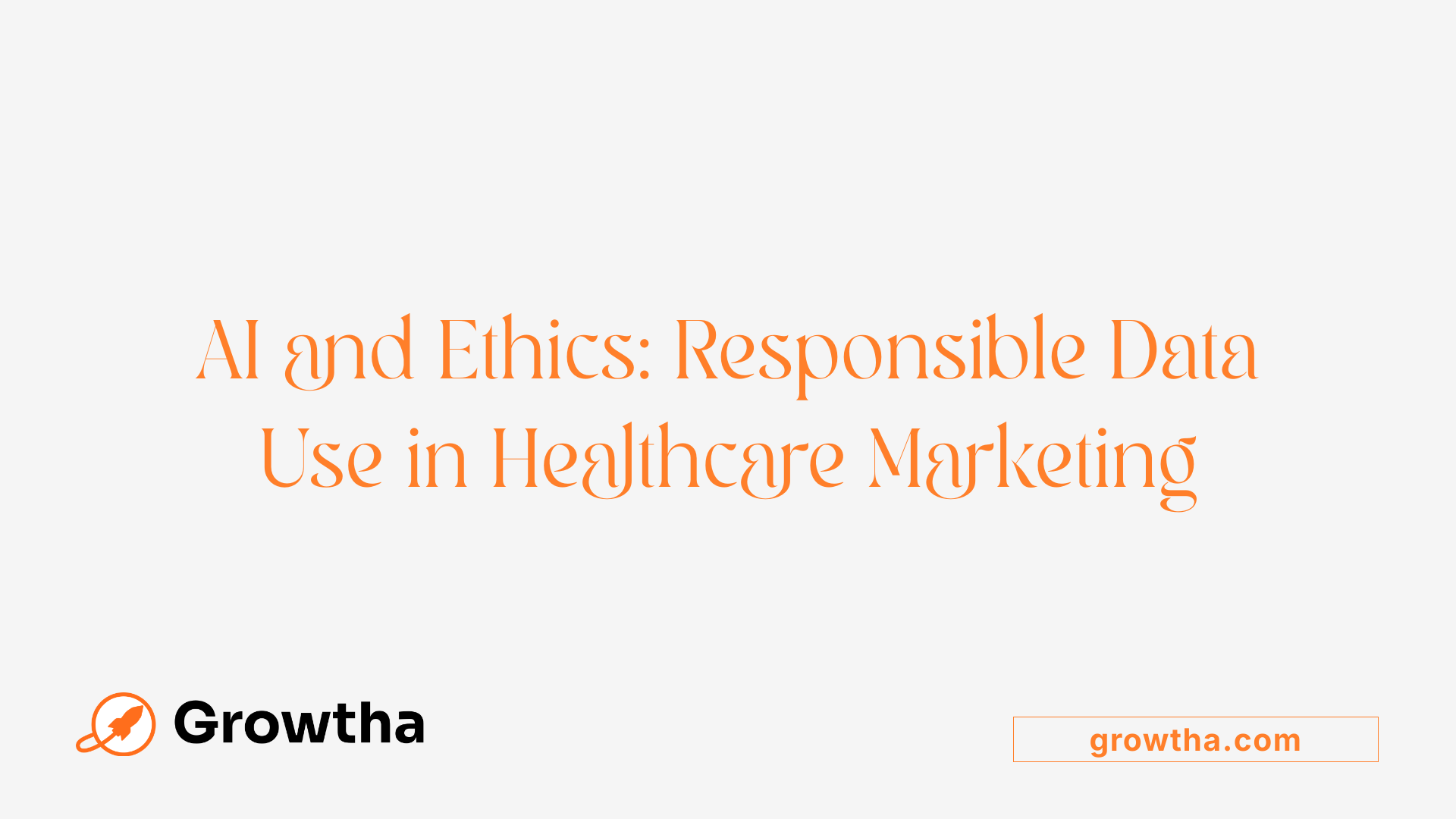
What ethical considerations and privacy concerns should be addressed when using predictive analytics in healthcare?
In healthcare, the deployment of predictive analytics must be underpinned by strong ethical principles and privacy safeguards. Protecting patient data is paramount, requiring robust encryption methods, anonymization techniques, and transparent, informed consent processes that comply with regulations such as HIPAA in the U.S. and GDPR in Europe. These measures help prevent unauthorized access and maintain patient confidentiality.
Bias in data and models presents a significant challenge, as it can lead to health disparities and unequal care outcomes. To mitigate this, healthcare organizations should utilize diverse datasets that represent various populations, ensure fairness-aware algorithms are employed, and conduct ongoing audits of models for bias and accuracy.
Transparency and explainability are critical for building trust among clinicians and patients. Making AI systems interpretable allows users to understand how decisions are made, thus fostering confidence in automated predictions and diagnoses.
Clinical validation and regulatory approval are necessary steps to ensure the safety, efficacy, and appropriate integration of AI tools into patient treatment pathways. These processes include rigorous testing, peer review, and adherence to healthcare standards.
Accountability is also essential; organizations must establish clear responsibilities for AI system oversight. Ethical principles such as beneficence—doing good—and justice—ensuring equitable access—should guide implementation.
Finally, actively including community input and considering social determinants of health ensures that predictive analytics serve all populations fairly. Addressing these ethical and privacy concerns promotes responsible use of AI in healthcare, leading to better patient outcomes and maintaining public trust.
| Aspect | Measures | Purpose |
|---|---|---|
| Data Privacy | Encryption, anonymization, consent | Protect patient confidentiality |
| Bias Mitigation | Diverse datasets, fairness algorithms, audits | Reduce disparities |
| Transparency | Explainable AI, decision logs | Build trust |
| Validation and Oversight | Clinical trials, regulatory approval | Ensure safety and efficacy |
| Accountability | Clear responsibilities, ethical frameworks | Responsible deployment |
| Community Engagement | Stakeholder involvement, social considerations | Promote equity |
Understanding and addressing these ethical considerations is crucial as predictive analytics becomes an integral part of modern healthcare. Doing so ensures technological advancements translate into equitable, safe, and trustworthy clinical practices.
Transforming Healthcare with Data-Driven Insights
As healthcare continues to evolve, the strategic implementation of predictive analytics promises to revolutionize marketing efforts, patient care, and operational efficiency. By harnessing advanced models, AI technologies, and secure data practices, healthcare organizations can deliver more personalized, proactive, and effective services. Overcoming challenges such as data privacy and model bias is critical to realizing the full potential of predictive analytics. Looking ahead, continuous innovation and ethical vigilance will shape a future where healthcare marketing is more targeted, patient-centric, and outcome-driven, ultimately advancing health equity and global health improvements.
References
- Predictive analytics in the era of big data: opportunities and challenges
- What is predictive analytics in healthcare?
- Predictive Analytics in Healthcare - WebMD Ignite
- Predictive Analytics in Healthcare: Using Generative AI and Confluent
- How to use predictive analytics in healthcare to better anticipate ...
- Impact Of Data Analytics On Healthcare Marketing - Madavi Agency
- A Spoonful of AI: How Predictive Analytics is Sweetening Healthcare ...
- Analytics in Healthcare Marketing
- Predictive Analytics in Healthcare: Explore Benefits & Applications
- Predictive Analytics in Healthcare: Top 7 Use Cases & Benefits







